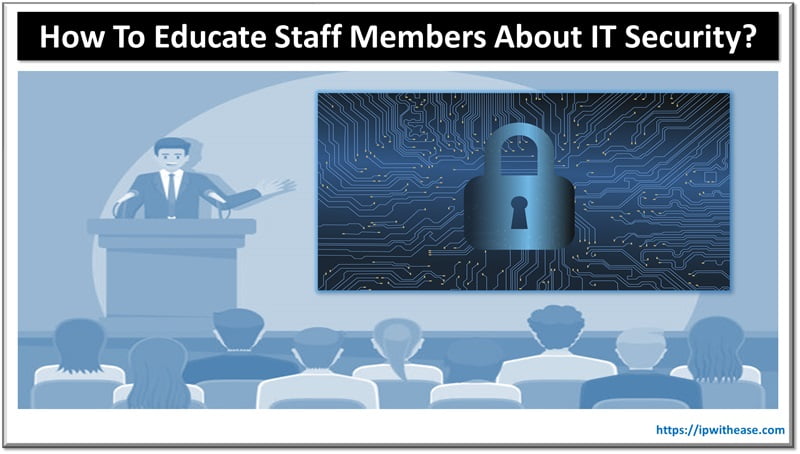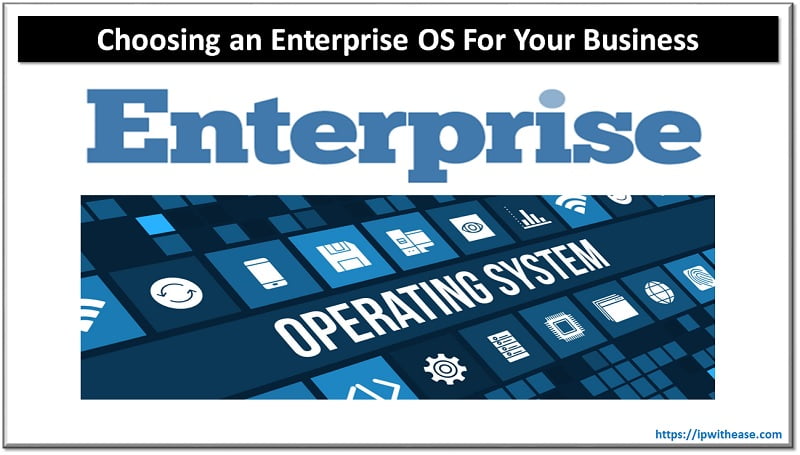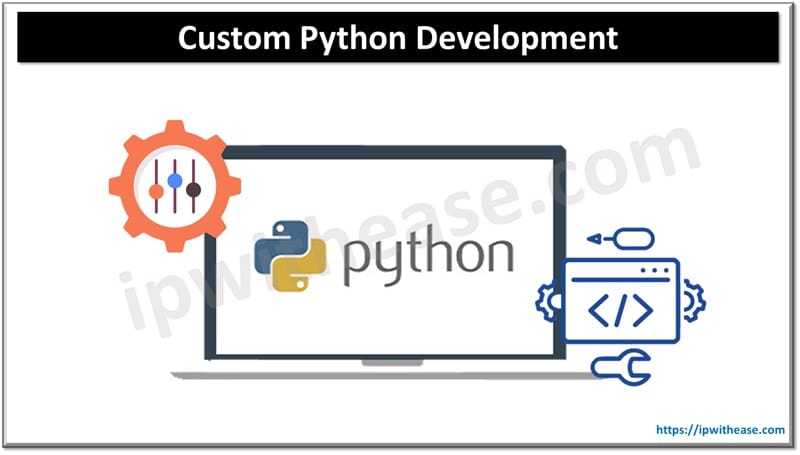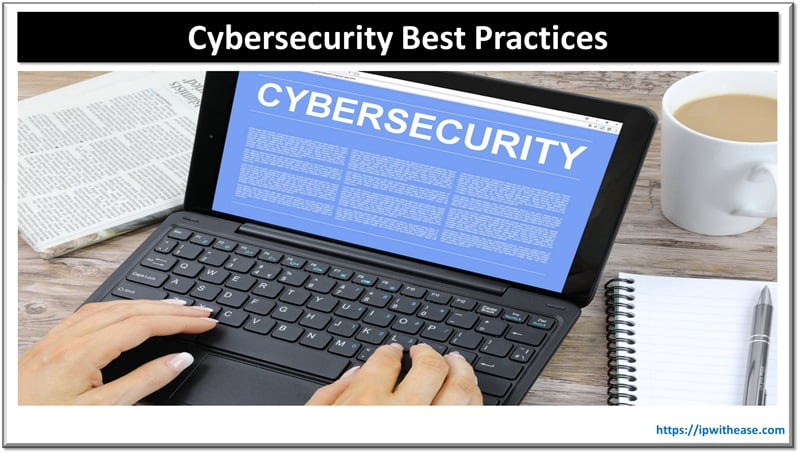Table of Contents:
IT security training is essential to educate your staff members on the best techniques for shielding data from manipulation and theft. In this era when cybercrimes are too prevalent, workers must have the right skills and knowledge to protect sensitive organizational data. IT security training is a formal program created to educate staff on the dangers of cyber attacks and how to avoid becoming victims of data breaches. If implemented correctly, organizations can reduce data loss and manipulation to insignificant levels.
Educating Staff Members About IT Security
A good learning process saves you time and resources and produces positive results. When educating your staff members about IT security, you must use methods that guarantee success. A wrong approach could be problematic rather than a solution to your IT security challenges. Besides, you want to make it inclusive and integrate it with the organizational objectives. So, without much ado, here is how to educate staff members about IT security.

Identify Potential Security Threats
Knowing your organization’s IT security deficiencies is always a good start when you are seeking to educate staff on potential threats. You can do this by yourself or opt for professional services. While at it, engage your employees to identify their weak areas and also understand their understanding of IT security.
Outline your Teaching Plan
Whether you are doing it or have left it to an expert you hired, you need a plan. The goal is to establish what will be learned at what time, who to do it, and the teaching method. Remember, your workers must continue to work and attend to their families and other personal needs. Also, you want a timeline indicating when the program should be completed. Finally, you want to know whether your staff grasped what they were taught.
Identify Safe and Effective Software
The best way to address threats posed by technology is through technology itself. It is imperative to have the right software to help your employees identify and respond to potential IT security risks. The software may include those that can detect and block suspicious or unlicensed software. Software information should consist of downloads workers can make and the platforms from which such downloads are done. Also, train your staff on some of the best tips for identifying an unknown caller, message sender, or email sender. People search platforms can be quite useful in this regard.
Password Practices
Many employees don’t consider their workplace password clearance to be so serious. Workers will create simple passwords that can be easily guessed, write the password and stick it on their desk, or share it with colleagues. Others will keep the passwords unchanged over a long period. A good training manual must educate your employees on the dangers of exposing or sharing their passwords. Although it may seem awkward, train them to create complex combinations that are easy to remember but hard to guess by third parties.
Backups
Every organization with digitized records must have a backup system to protect its data. One of the most prominent mistakes managers make is to assume employees don’t have to know of the existence of a backup system. Educating staff on IT backup systems helps them understand the system, empowers them to act fast, minimizes human errors, and allows them to easily comply with regulations. Again, it boosts communication and collaboration on areas that need improvement for data protection.
Select a Suitable Training Model
Your staff have busy schedules, and you need more time to equip them fully with IT security knowledge. For an efficient training program, you must work on a schedule that balances their time and organizational time. There are several ways to train your employees and save time and resources. Some of the best ways to engage your staff in IT security sessions include:
- Interactive workshops: These are hands-on sessions that engage workers in real-world scenarios to ensure a practical understanding of IT security challenges and solutions.
- Online tutorials and manuals: Providing easy-to-access resources for reference and reinforcement works excellent when training workers. Give a deadline for when every staff should have been through with listening or reading the materials provided online.
- Host live webinars: Online live lessons significantly impact training your staff on the significance of cybersecurity. Webinars help you use experts worldwide without paying for their transport, accommodation, and other expenses. Webinars are also interactive sessions between the staff and their trainers and ask for clarifications.
Offer Extra Resources and More Learning Materials
Training is a continuous process. In the world of technology, things keep changing, and so should the training experience. It is your responsibility as a manager to keep your employees informed. Keep sending them more learning materials through emails or physical mail to increase their expertise. The more they know about the changing IT security landscape, the better they are equipped.
Gamify Staff’s Learning Experience
One of the best ways for employees to practice what they have learned is gaming. If the practice and training seem fun, workers participate willingly. The best cybersecurity trainers will use emergency simulation programs to give employees practical ideas on operationalizing IT security programs. Again, gaming encompasses rewards and wins, which motivates workers to participate.
Test Your Staff’s Understanding
You must test how much your employees understand at the end of every training. You want to know which concepts were easy for them to grasp and which ones require extra training. Ensure your testing model isn’t vindictive but intended to offer help. You can even make it an interactive session where staff members seek clarifications where they don’t understand.
Ongoing Updates
IT security isn’t a one-time thing. Cybersecurity threats are growing daily, so the training must be continuous. Anytime you recognize potential threats previously non-existent, you must train your workers to respond to them.
Final Thoughts
Educating staff on IT security can be challenging due to the nature of their work and availability. Good managers consider all potential reasons that could render the training ineffective. When looking for ways to train your staff, identify the challenges and solutions, employees’ availability, and the training model you will use. Again, have a plan outlining what you want to train them on, timelines, who is to train them, and the expected results.
Continue Reading:
5-Step Ransomware Incident Response Plan
White-Box Cryptography: Everything You Need to Know
ABOUT THE AUTHOR
IPwithease is aimed at sharing knowledge across varied domains like Network, Security, Virtualization, Software, Wireless, etc.



